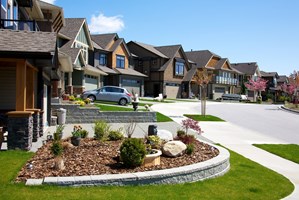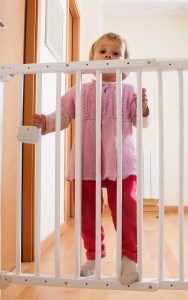Whether you’re selling a home or buying one, the amount of storage space a house offers can have a major impact on its perceived value. Even if you’re a first-time home owner who hasn’t had the chance to accumulate a lot of clothes, household supplies, and other possessions, you can be sure that’s not a permanent condition — especially if you have a growing family!
So if you’re looking for a new home to settle into, storage space will become increasing important. If, on the other hand, you’re preparing to sell your home, then showcasing and enhancing storage space will help increase its marketability.
Everyone Loves Big Closets
Walk-in closets are considered a highly desirable feature because they not only accommodate a large and growing wardrobe, but they offer a lot of functionality from shelves, compartments, and other storage areas. They can also be customized to suit individual needs and preferences. The fact that walk-in closets are separate from the master bedroom also creates a feeling of spaciousness and luxury. The additional space and storage features make it easier to keep clothes organized, fresher, and in better overall condition. If clothes are squeezed together in a small closet, they tend to wrinkle faster, become mustier, and are harder to find — especially when you’re running late for an appointment!
Other Valued Storage Areas
Basements, attics, backyard sheds, and two-car garages are great places to store sports equipment, tools, supplies, appliances, old furniture, toys that your kids have outgrown, and other items you’re not quite sure what to do with. The big challenge is to avoid accumulating clutter and hoarding things you don’t need. Finished basements and attics are especially appealing to many home buyers because they provide additional living space and are more aesthetically pleasing than unfinished areas.
Basement Problems and Remedies
One cautionary note to keep in mind when storing things in a basement is that excess moisture and humidity can wreak havoc on everything from photo albums and old books to musical instruments and framed paintings. One solution is to monitor the moisture level with a hygrometer and install a dehumidifier to extract excess moisture from the air. While other measures may need to be taken to assure a dry basement environment, these two steps should help improve conditions dramatically. If mold is present on your walls, wood structures, or cardboard boxes, then you can be sure it’s not a favorable environment for storing anything of value. Most wet basement problems are correctable, but professional and sometimes expensive solutions often need to be sought.
So assuming you don’t have water in your basement and bats in your belfry, then lots of storage space will make your home easier to sell and more enjoyable to live in!





